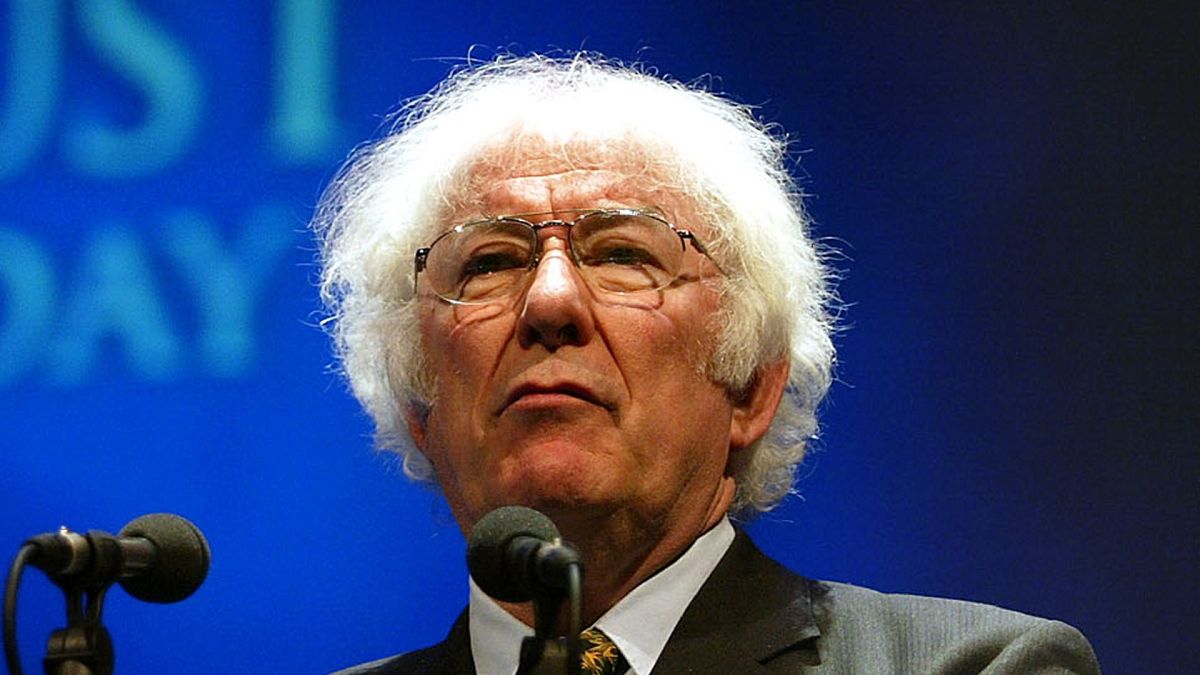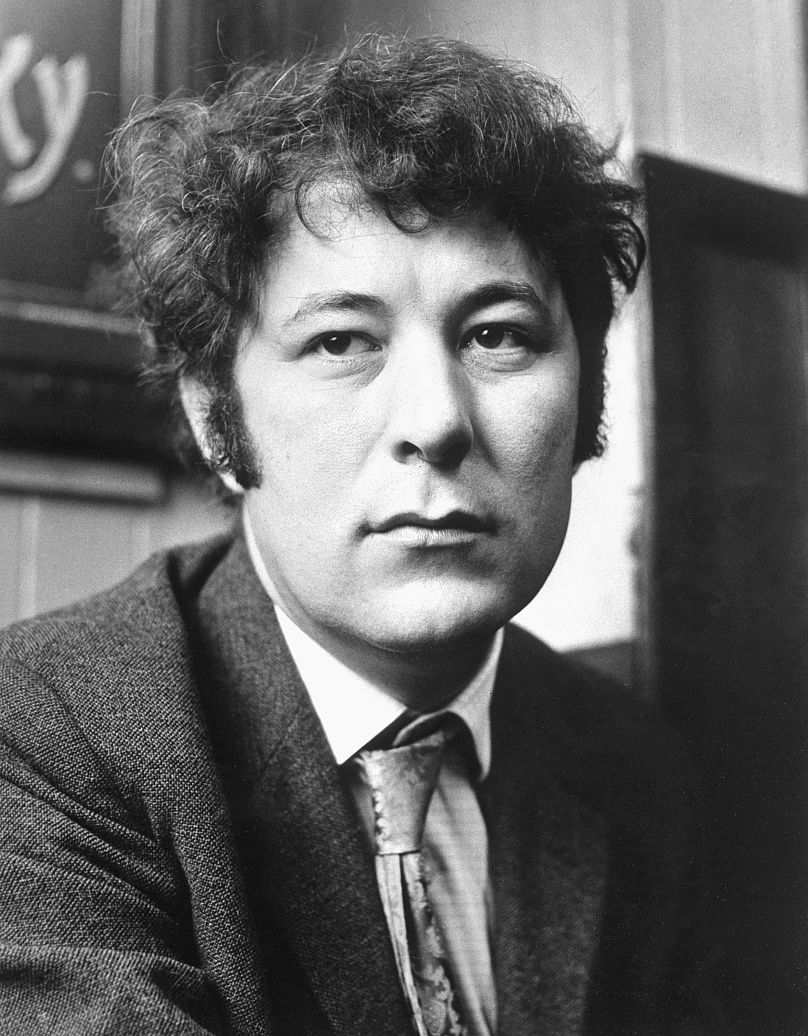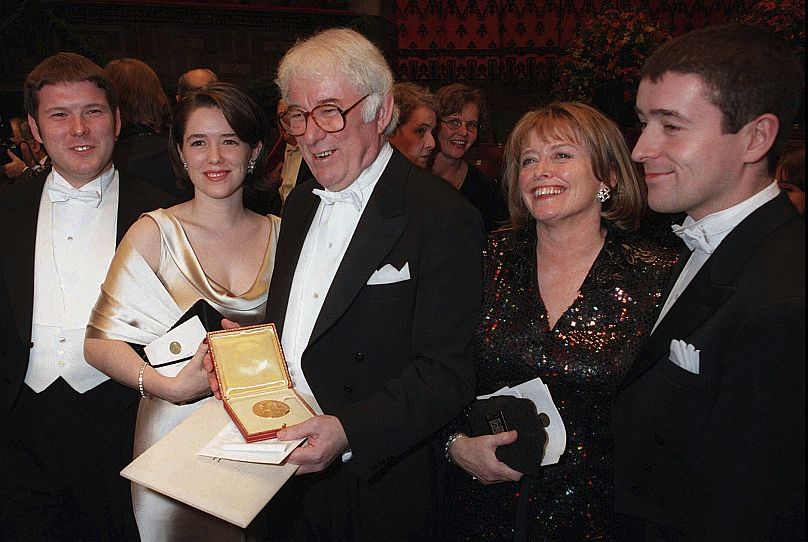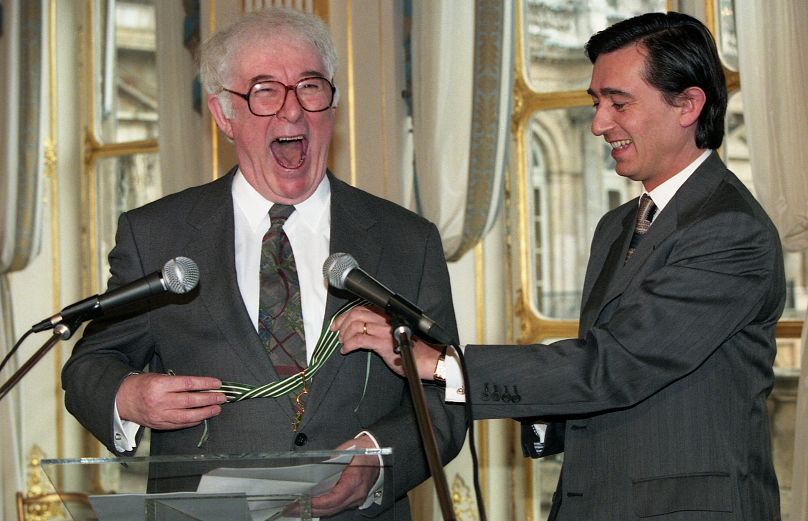30 August 2013: Death of a Naturalist
On this day 10 years ago, one of Ireland’s greatest poets died. Seamus Heaney was born in County Derry, Northern Ireland in 1939. Educated at Queen’s University Belfast, Heaney soon began teaching and became an English lecturer at his alma mater in 1963.
He was, like so many other young poets, inspired by the works of Ted Hughes and began publishing poetry collections starting with ‘Eleven Poems’ in 1965. It was his second collection that would start to establish him as one of the leading poets of the 20th century.
‘Death of a Naturalist’ was released in 1966. Beside ‘Peter Street at Bankside’, the 34-poem book included all 10 of the poems he featured in ‘Eleven Poems’. Among these were ‘Death of a Naturalist’, ‘Mid-Term Break’ and ‘Personal Helicon’.
Alongside new addition ‘Digging’, these poems would make Heaney an international poetry star. He combines gentle observations of rural Ireland with an interrogation of a increasingly modern world to create an outstanding work of lucid pastoral elegance. For that collection, he won the Gregory Award for Young Writers and the Geoffrey Faber Prize.
The titular ‘Death of a Naturalist’ contains much of his signature style. It depicts memories of playing with frogspawn in a festering pond. As a child, he delights in the swamp-like environment. My favourite lines are in this section:
“But best of all was the warm thick slobber
Of frogspawn that grew like clotted water
In the shade of the banks. Here, every spring
I would fill jampotfuls of the jellied
Specks to range on window sills at home,”
I love the way he describes keeping frogspawn in jars with such delectability. “Thick slobber”, “clotted water” and “jampotfuls of the jellied” has always made my mouth water with the obvious delight Heaney’s voice has.
It’s perfectly juxtaposed with the second stanza. Here, as an adult, Heaney returns to the flax-dam pond. No longer is it a den of enticing slimy and slippery wonders. The sounds and squelches are suddenly filled with “obscene threats”. His delight is gone as his childhood naivety is replaced by fear:
“I sickened, turned, and ran. The great slime kings
Were gathered there for vengeance and I knew
That if I dipped my hand the spawn would clutch it.”
Heaney went on to publish many more collections and taught literature internationally. In 1995 he won the Nobel Prize for Literature “for works of lyrical beauty and ethical depth, which exalt everyday miracles and the living past”.
Over his career, Heaney would incorporate his political sentiments as an Irish Catholic living through the Troubles. But it’s his regular odes to his rural upbringing that most often converts new readers to his astonishingly beautiful lyricism.
One of the clearest examples is from ‘Digging’, another poem from ‘Death of a Naturalist’. There, he thinks about the skill with which prior generations of men in his family would work the land. As he proudly thinks of his father and grandfather, shovels in hand, he also notes that his role in life will be different. He won’t dig with shovels. He’ll write with a pen. The poem is bookended by a stanza to describe his path:
“Between my finger and my thumb
The squat pen rests.
I’ll dig with it.”
On 30 August 2013, Heaney died in Dublin, aged 74. He was buried in Bellaghy, Northern Ireland.






